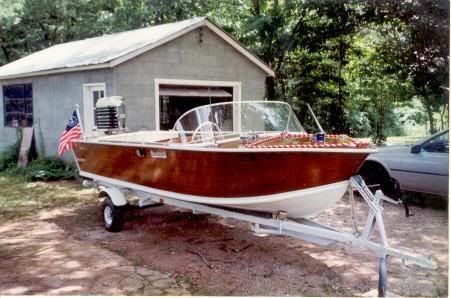Re: Applying GelCoat
Prevail sprayers are very slow, so if it took you more than ten minutes or so to get the 2.oz out, it would have a very good chance getting hard. Not sure what the temps are in Nebraska, but every 15 degrees over 77* will cut the gel time about in half, so if it was 90*, a 15 minute gel time product formulated for 1.5% catalyst at 77* (the temp that gel coat is tested at), would have around a 9 minute gel time. You needed about 2.25 grams of catalyst for 1.5%, you added about 5 grams, so this would cut the gel time even shorter.
A small amount (< 5%) of acetone is OK, but not recommended, styrene is a better choise, but not very easy to get, so most people use acetone.
The pits can be from a few different things, Prevails will sputter and some of the compressed gas will escape if it's not held upright, the gas will bubble when it gets mixed into the gel coat and may leave pits.
If you added wax to the gel coat it can start to instantly harden when it's cooled by the compressed gas coming out of the tip. This can be compounded because of the acetone, acetone evaporates very fast and cools the wax even more. These small chunks of wax hit the surface and can leave pits, so when you sand into the surface you may also find porosity.
Another cause of pits, is if there are tiny pin holes in the area you are spraying, with the low flow of the Prevail, it's hard to fill these tiny pits, so they show up as it cures. Again acetone can make this worse, when its thinned, the gel coat can flow around the pin holes instead of covering them. This is very common when spraying over raw sanded fiberglass.
Sometimes when gel coat is over catalyzed it will gas off more than normal, this can leave porosity or pits.
If you hold the sprayer too close or too far away it can cause ripples, orange peel, pits, and bumps.




















